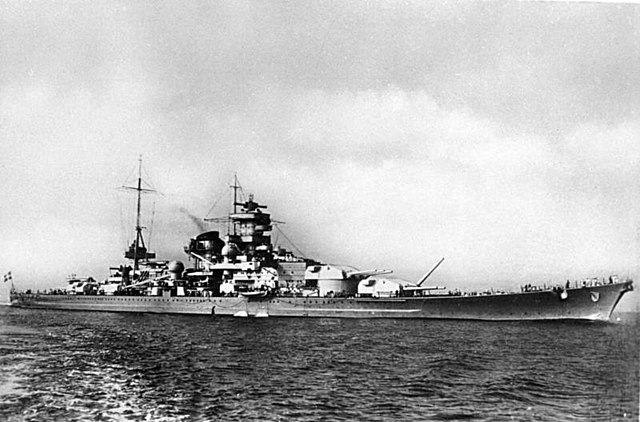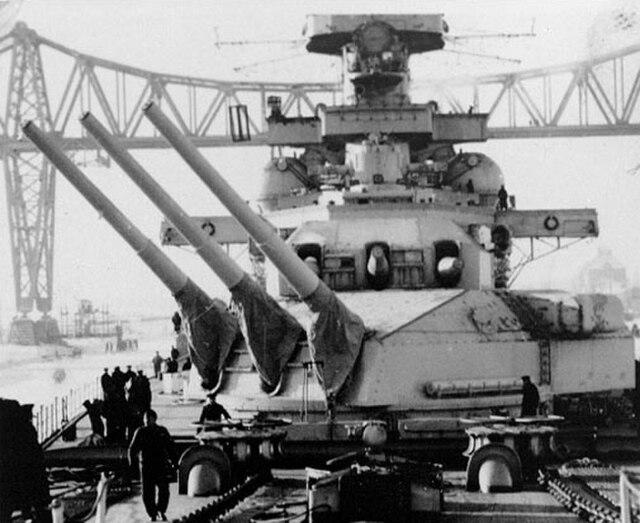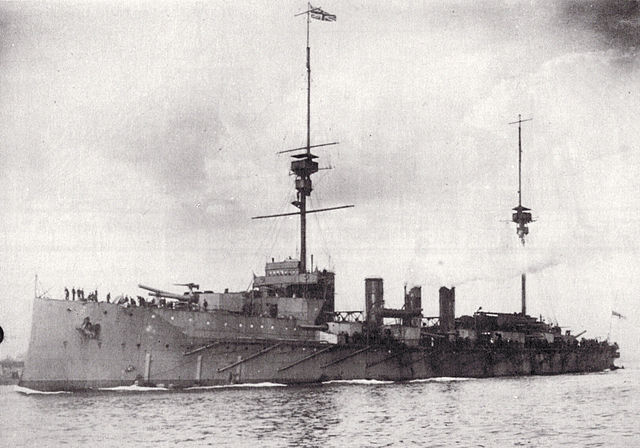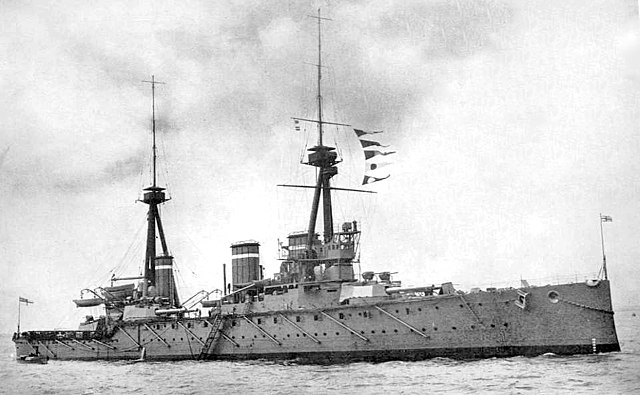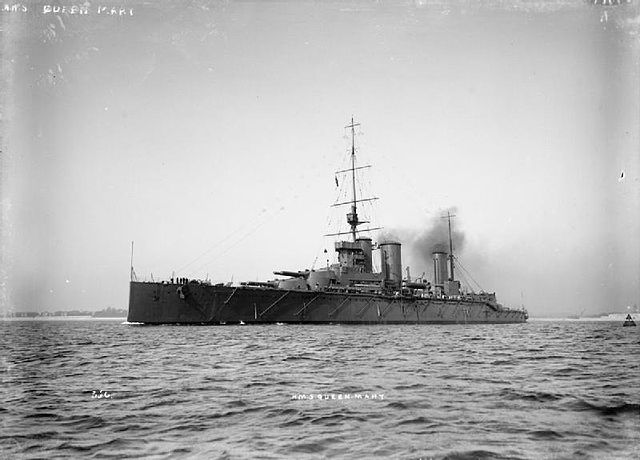German battleship Scharnhorst
Scharnhorst was a German capital ship, alternatively described as a battleship or battlecruiser, of Nazi Germany's Kriegsmarine. She was the lead ship of her class, which included her sister ship Gneisenau. The ship was built at the Kriegsmarinewerft dockyard in Wilhelmshaven; she was laid down on 15 June 1935 and launched a year and four months later on 3 October 1936. Completed in January 1939, the ship was armed with a main battery of nine 28 cm (11 in) C/34 guns in three triple turrets. Plans to replace these weapons with six 38 cm (15 in) SK C/34 guns in twin turrets were never carried out.
Scharnhorst
Scharnhorst in the Kiel Canal (Rendsburg High Bridge in the background)
Scharnhorst in port
Scharnhorst firing on HMS Glorious, 8 June 1940
The battlecruiser was a type of capital ship of the first half of the 20th century. These were similar in displacement, armament and cost to battleships, but differed in form and balance of attributes. Battlecruisers typically had thinner armour and a somewhat lighter main gun battery than contemporary battleships, installed on a longer hull with much higher engine power in order to attain greater speeds. The first battlecruisers were designed in the United Kingdom, as a development of the armoured cruiser, at the same time as the dreadnought succeeded the pre-dreadnought battleship. The goal of the design was to outrun any ship with similar armament, and chase down any ship with lesser armament; they were intended to hunt down slower, older armoured cruisers and destroy them with heavy gunfire while avoiding combat with the more powerful but slower battleships. However, as more and more battlecruisers were built, they were increasingly used alongside the better-protected battleships.
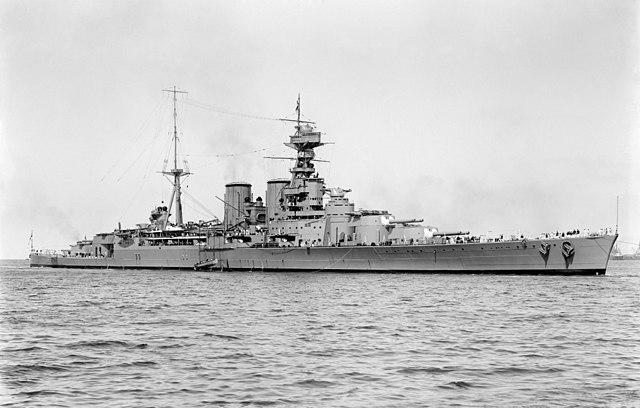
HMS Hood, the largest battlecruiser ever built, in Australia on 17 March 1924
HMS Shannon, a Minotaur-class armoured cruiser
Invincible, Britain's first battlecruiser
HMS Queen Mary, the last battlecruiser built before World War I

